- Massive Range
- FREE UK Delivery
- Rapid Dispatch
- Massive Range
- FREE UK Delivery
- Rapid Dispatch
- Massive Range
- FREE UK Delivery
- Rapid Dispatch
Home » Mastering the Art of Painting Aluminium Checker Plate: Techniques and Tips

Painting aluminium checker plates is more than just an aesthetic choice; it’s a practical decision that enhances the material’s durability, resistance to elements, and overall longevity.
The distinctive raised pattern of aluminium checker plates offers slip resistance and is used widely in a variety of settings, such as vehicle running boards, industrial flooring, and architectural accents. The inherently corrosion-resistant plates can be painted for additional protection and a customised look.
We explore the intricacies of painting aluminium checker plates in this article. To ensure even coverage and lasting results, checker plates require special attention due to their unique texture.
We’ll explore various painting methods, each suited to different needs and skill levels, with the aim of achieving finishes that are both durable and aesthetically pleasing. The right techniques and materials are essential for a successful painting project, regardless of whether you’re trying to revive an old plate or match a specific color scheme.
Let’s go…
Before any paint touches your aluminium checker plate, proper surface preparation is crucial. This preliminary step is key to ensuring that the paint adheres well and lasts long.
Cleaning: Remove any dirt, grime, or grease from the surface by thoroughly cleaning it. You can use a degreasing agent or a mixture of warm water and mild detergent for this purpose. As accumulated dirt can hinder paint adhesion, it’s crucial to get into the grooves of the checker pattern.
Rinsing: As soon as you have cleaned the surface, rinse it off with clean water to remove any soap residue, and allow it to dry completely before continuing.
Sanding: For the primer and paint to grip onto the aluminium surface, it is essential to sand the surface in order to create a texture that the primer can adhere to. You should use medium-grit sandpaper and ensure to sand evenly, paying particular attention to the raised areas of the checker pattern as you sand. It is important to wipe away the sanding dust after you have finished sanding.
Priming: If you want to paint aluminium, you should use a primer designed for metal surfaces, ideally one that is specifically formulated for aluminium. Not only does primer improve the adhesion of paint, but it also adds an extra layer of protection against corrosion as well. Make sure that you apply the primer evenly to all surfaces, including the crevices of the checker pattern, making sure that you cover the entire surface completely.
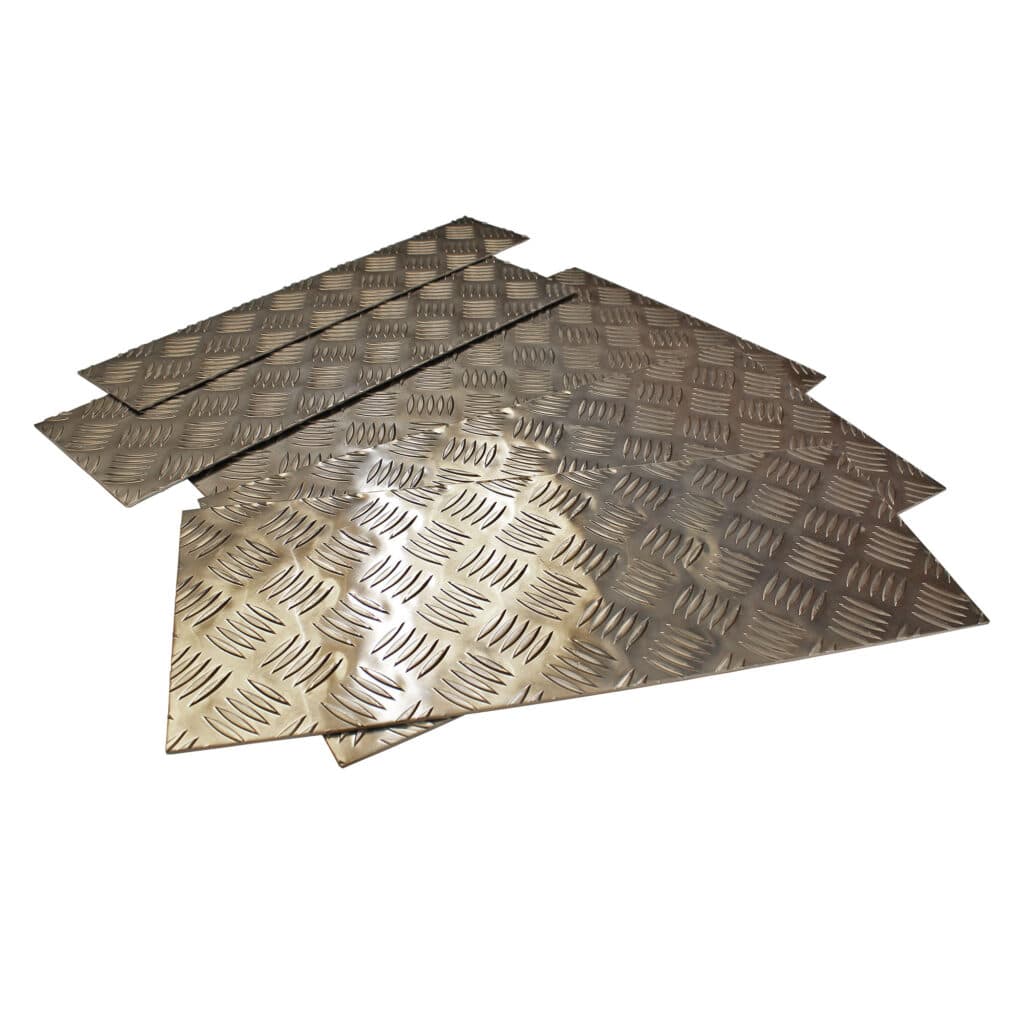
Selecting the right type of paint is crucial for achieving a durable and visually appealing finish on aluminium checker plates.
Types of Paint:
Factors to Consider:
Advantages and Disadvantages:
By understanding the characteristics and applications of these paints, you can make an informed decision that will ensure your aluminium checker plate looks good and lasts.
In painting aluminium checker plates, the method of application can have a significant impact. Brush painting and spray painting are the two main techniques, each with its own advantages.
Brush Painting:
Spray Painting:
Achieving Even Coverage:
Techniques for a Smooth Finish:
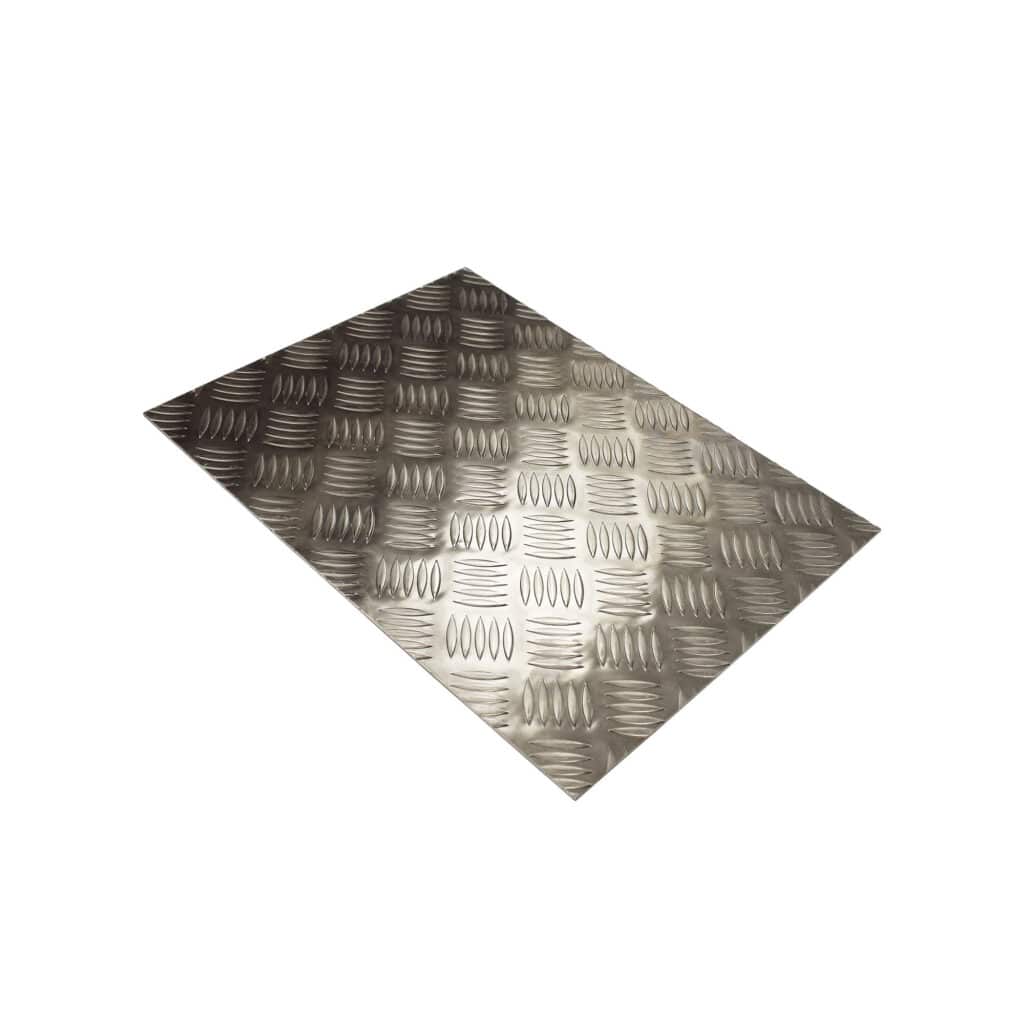
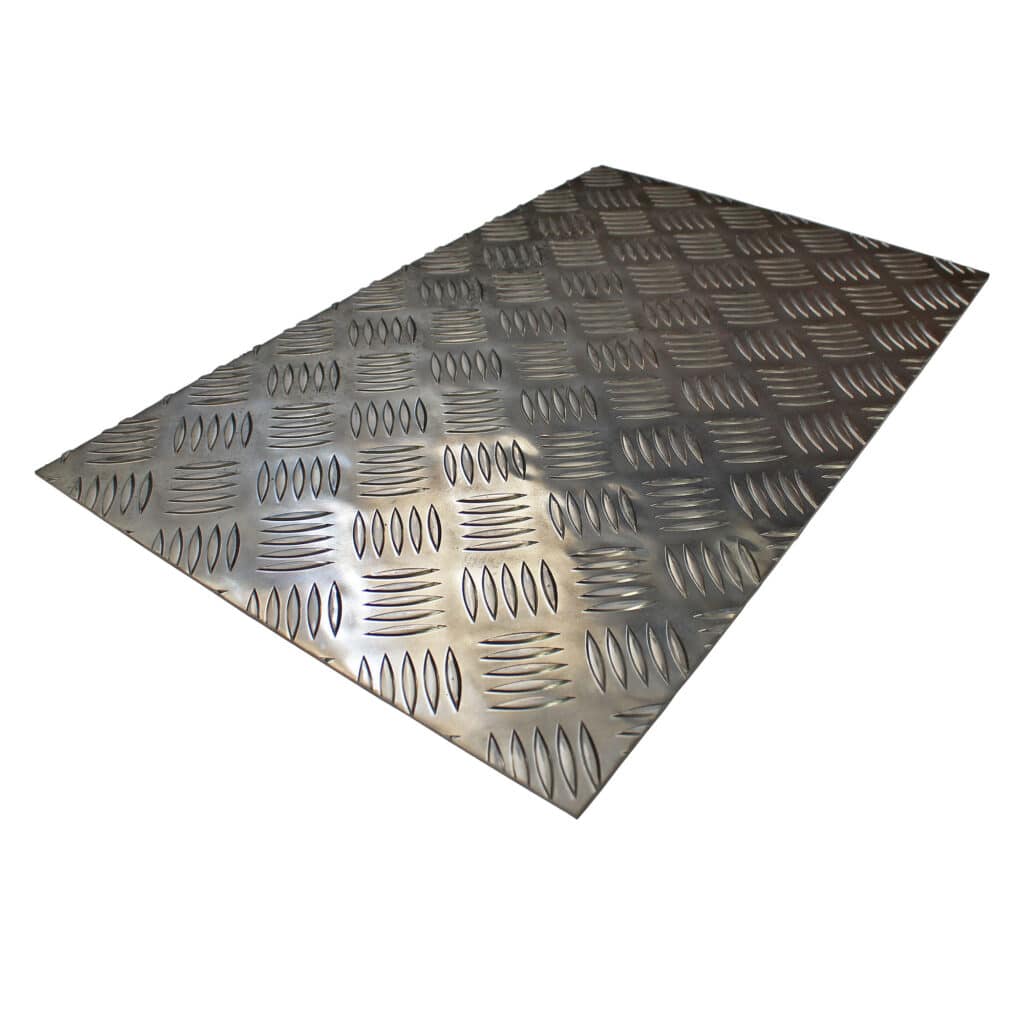
The longevity and appearance of your painted checker plate greatly depend on proper drying, curing, and maintenance.
Drying and Curing Process:
Ideal Conditions and Speeding Up the Process:
Maintenance and Care:
You can maintain the appearance and protective properties of your painted aluminum checker plate by following these techniques and care tips.
Painting aluminium checker plates can sometimes present challenges, but knowing how to address them can make a significant difference in the final outcome.
Chipping and Peeling:
Bubbling:
Preventing Imperfections:
Fixing Imperfections:
When to Repaint or Touch Up:
Throughout this guide, we’ve explored the different aspects of painting aluminium checker plates, emphasising the importance of each step. Getting a finish that’s both visually pleasing and durable begins with surface preparation and ends with the final coat.
Patience and attention to detail are the keys to a good paint job. A professional-quality finish can be achieved by properly preparing the surface, applying the paint thoughtfully, and addressing any issues promptly. You should also experiment with different methods and paints to find what works best for your specific project and aesthetic preferences.
You can enhance and personalise aluminium checker plates by painting them. No matter what you’re working on, these skills and knowledge can help you achieve outstanding results.
Please contact us if you require any further assistance. Our lovely team will help you in any way that they possibly can.
As always, thank you for checking out our blog. We hope that this helps you with your project.
Please also check out the other articles in our helpful guide series. We have written about aluminium sheeting and checker plate recently to name but two of our articles.
We are also proud to sell this product on our highly popular eBay store, check us out there too.
If you have any further questions, feel free to contact us.
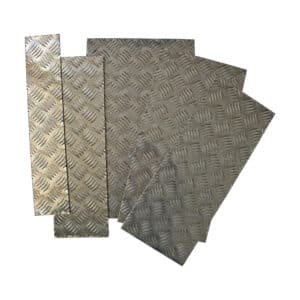
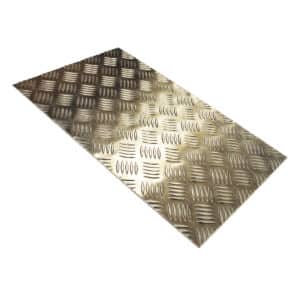
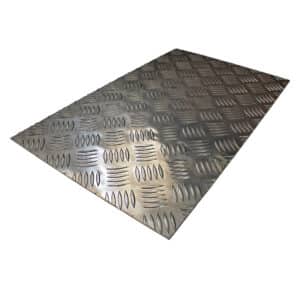
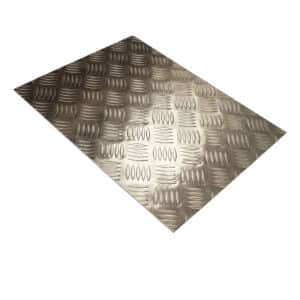
Speciality Metals
Unit 1, Farrell Street, Warrington,
Cheshire, WA1 2WW, United Kingdom
Quick Links
Payment Options
